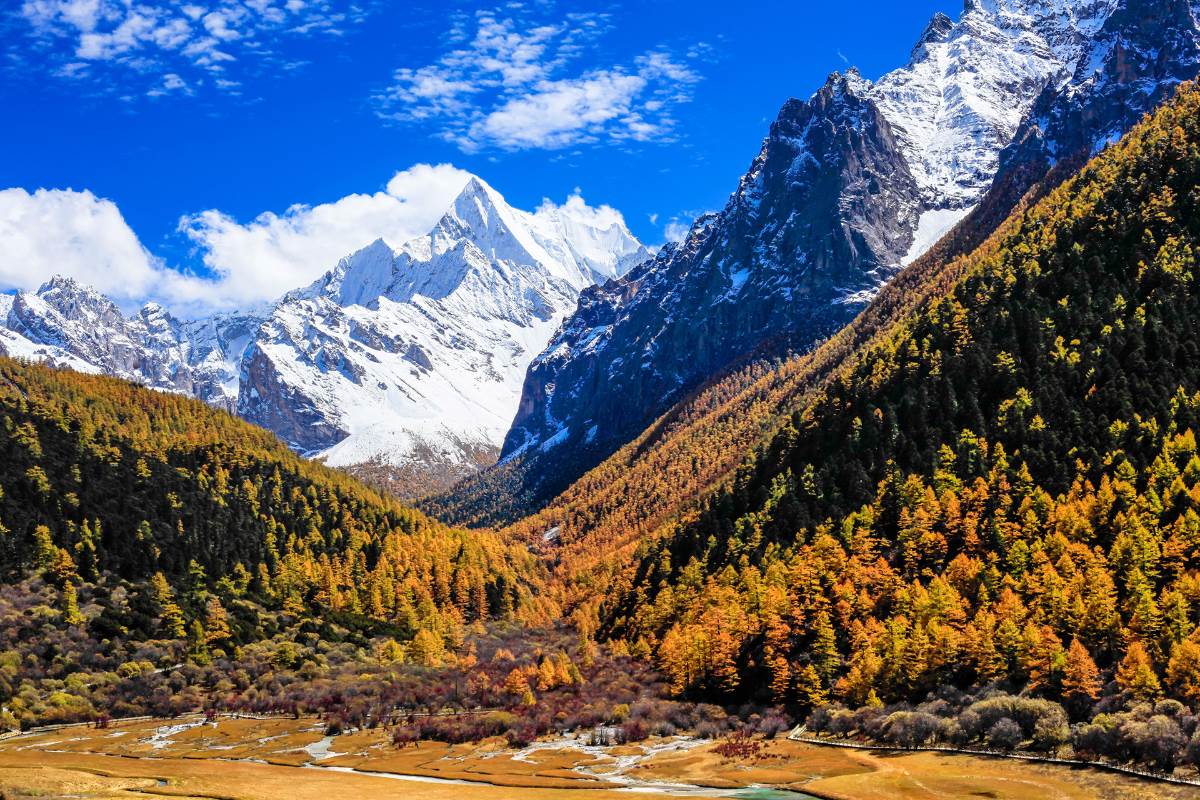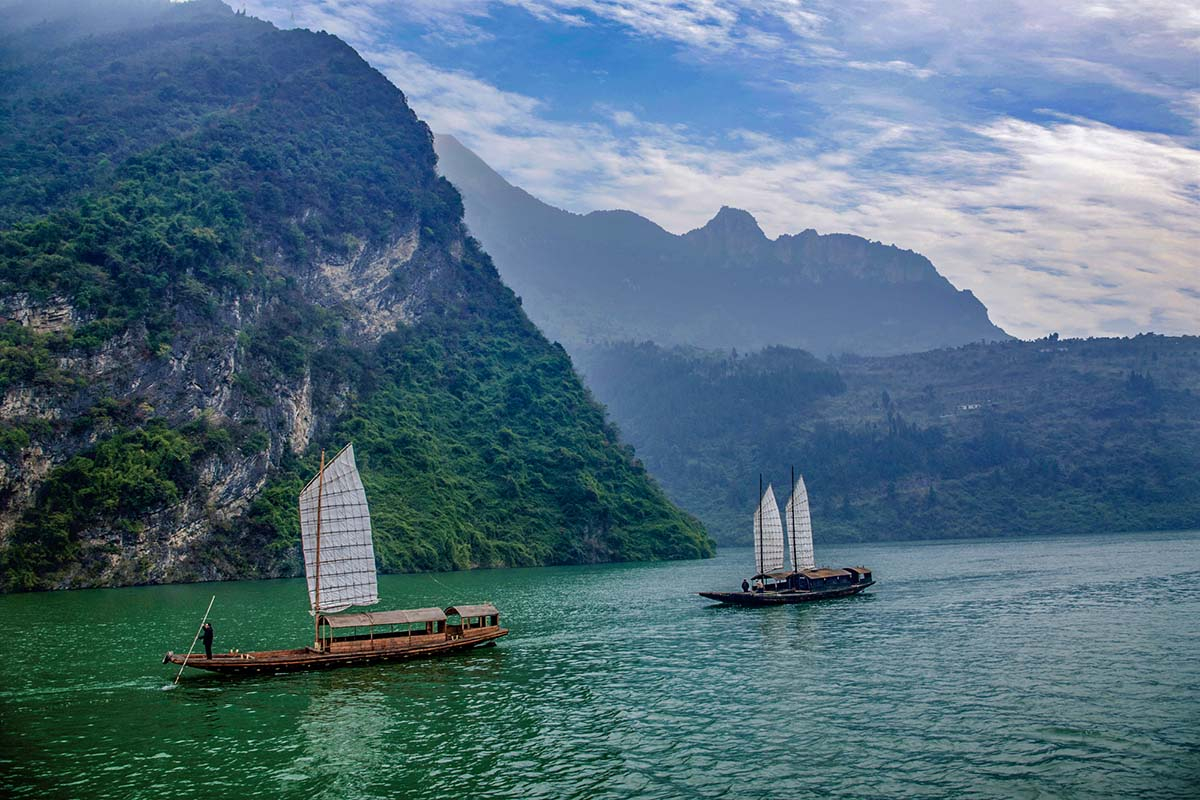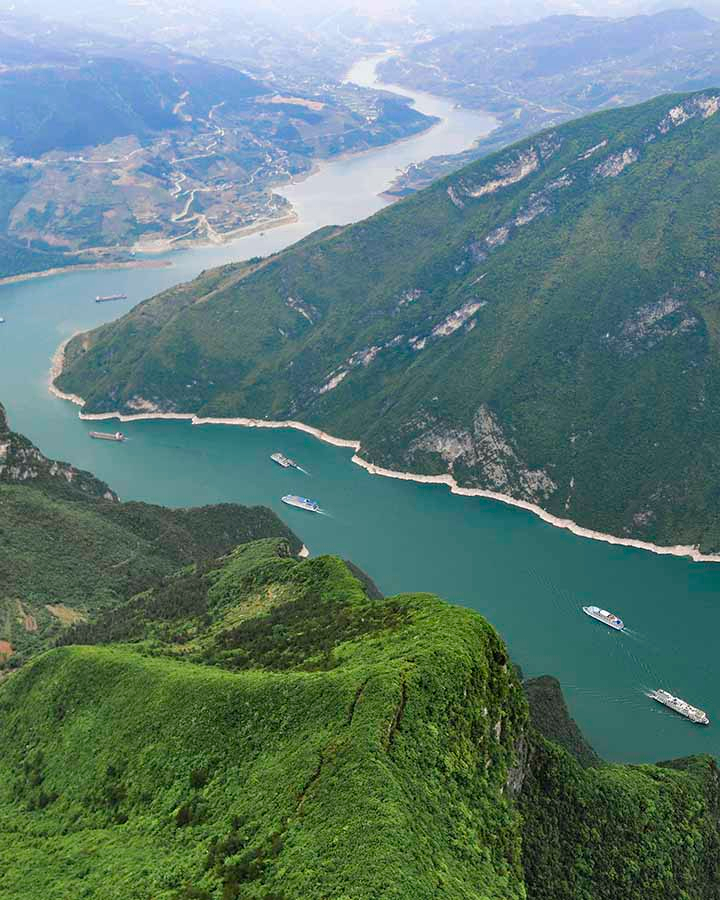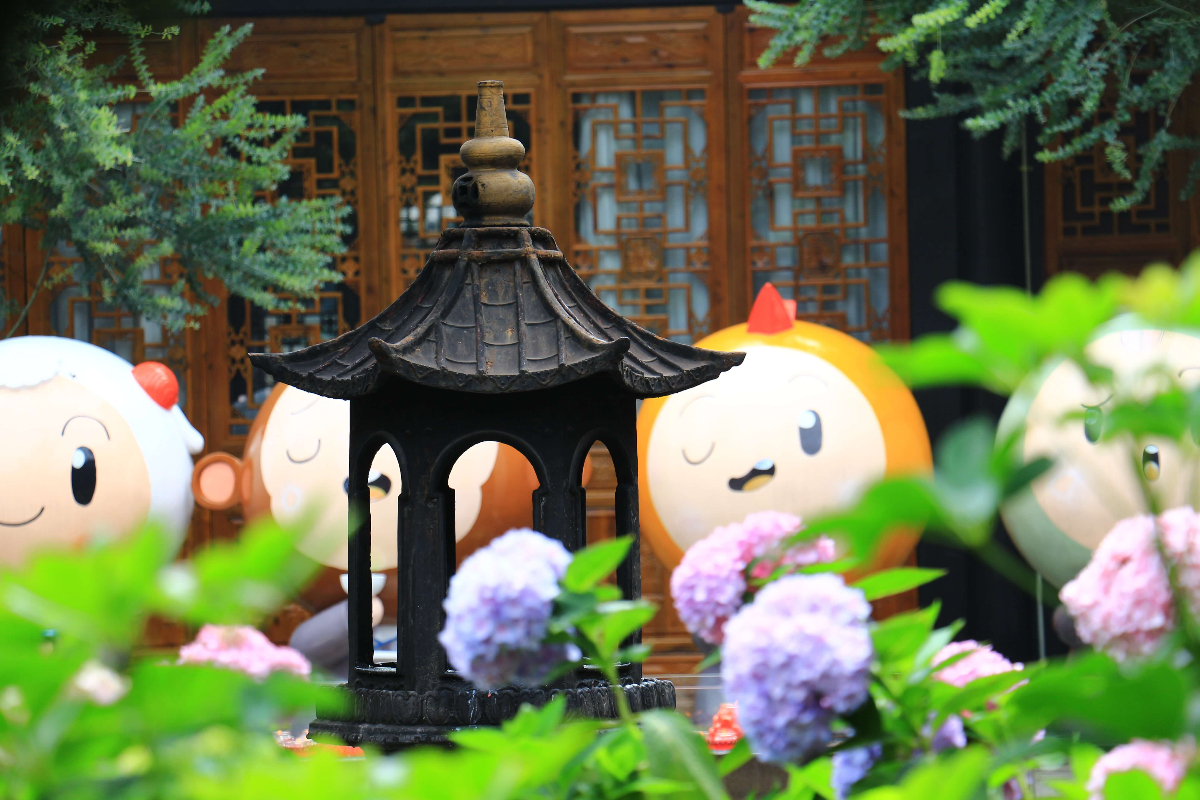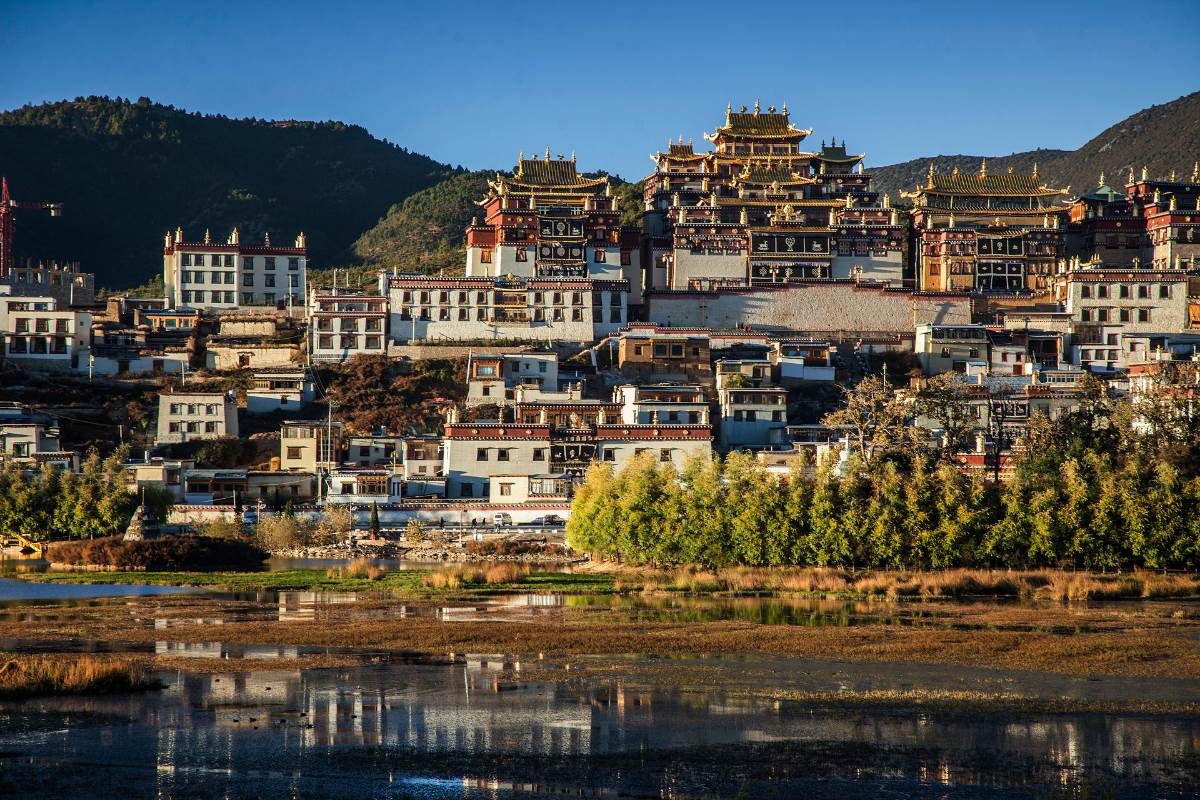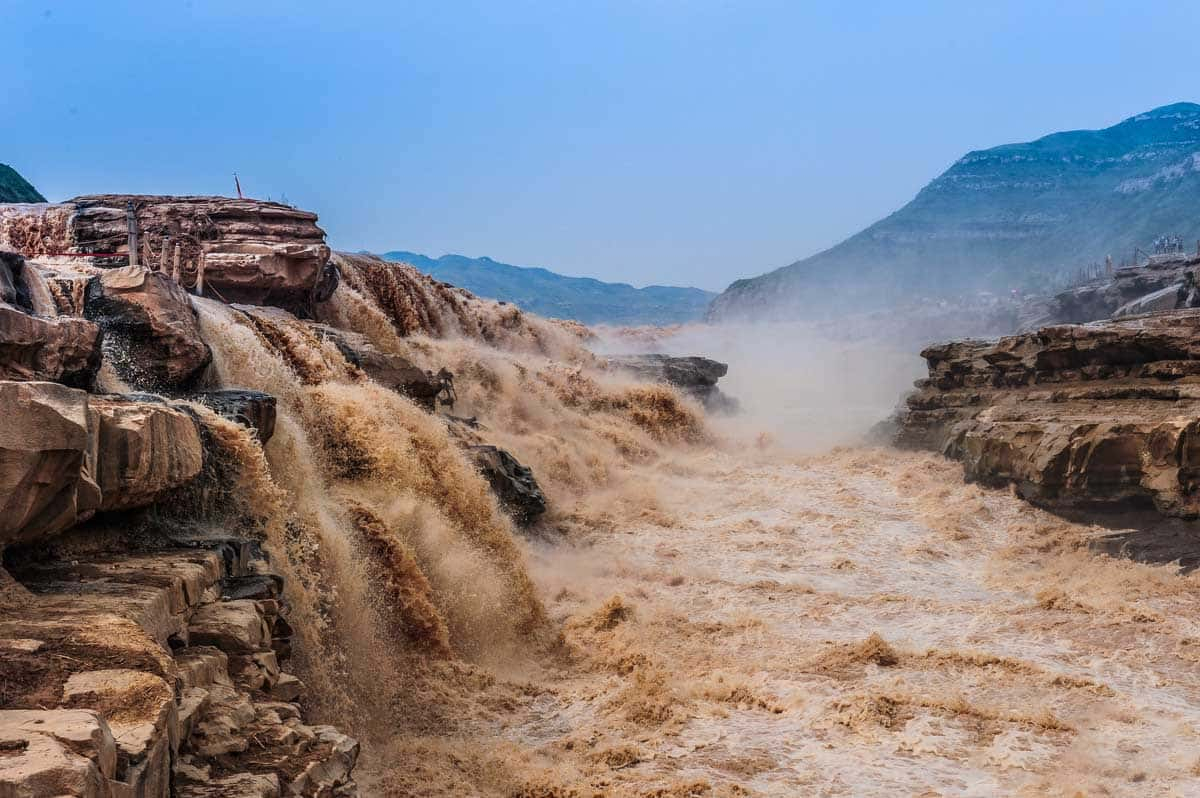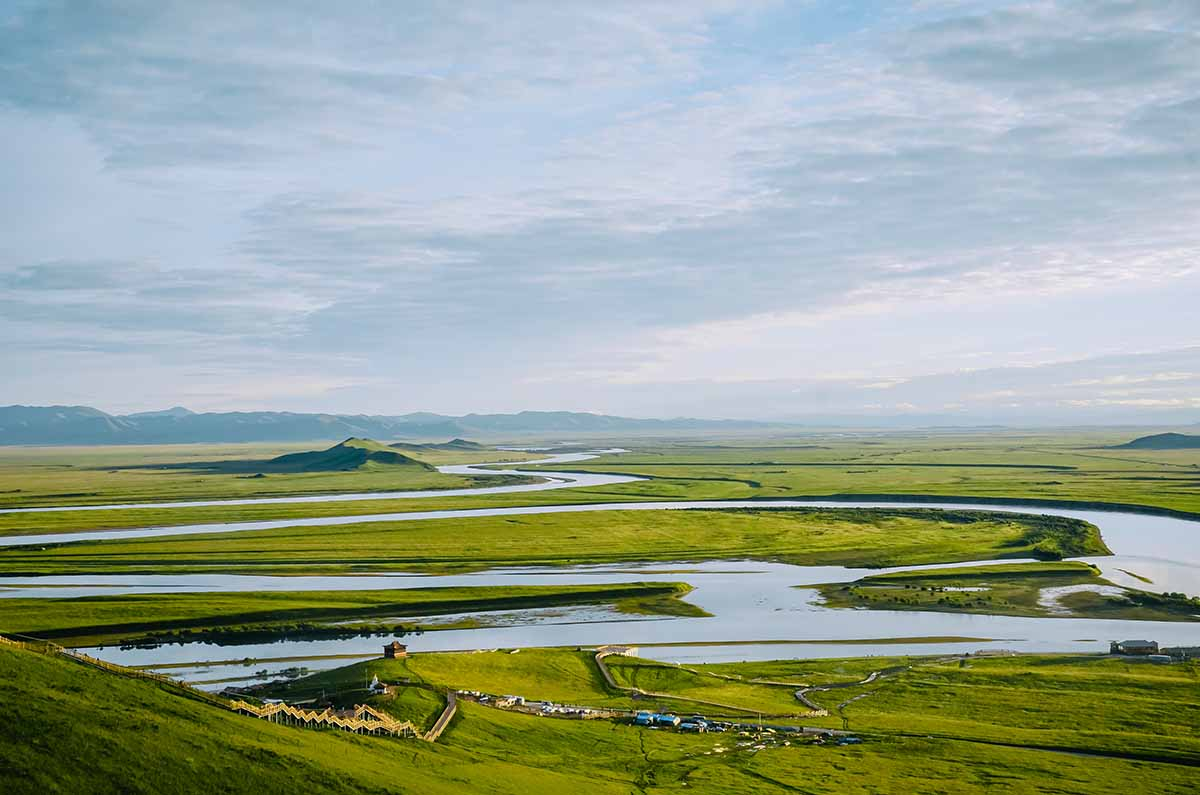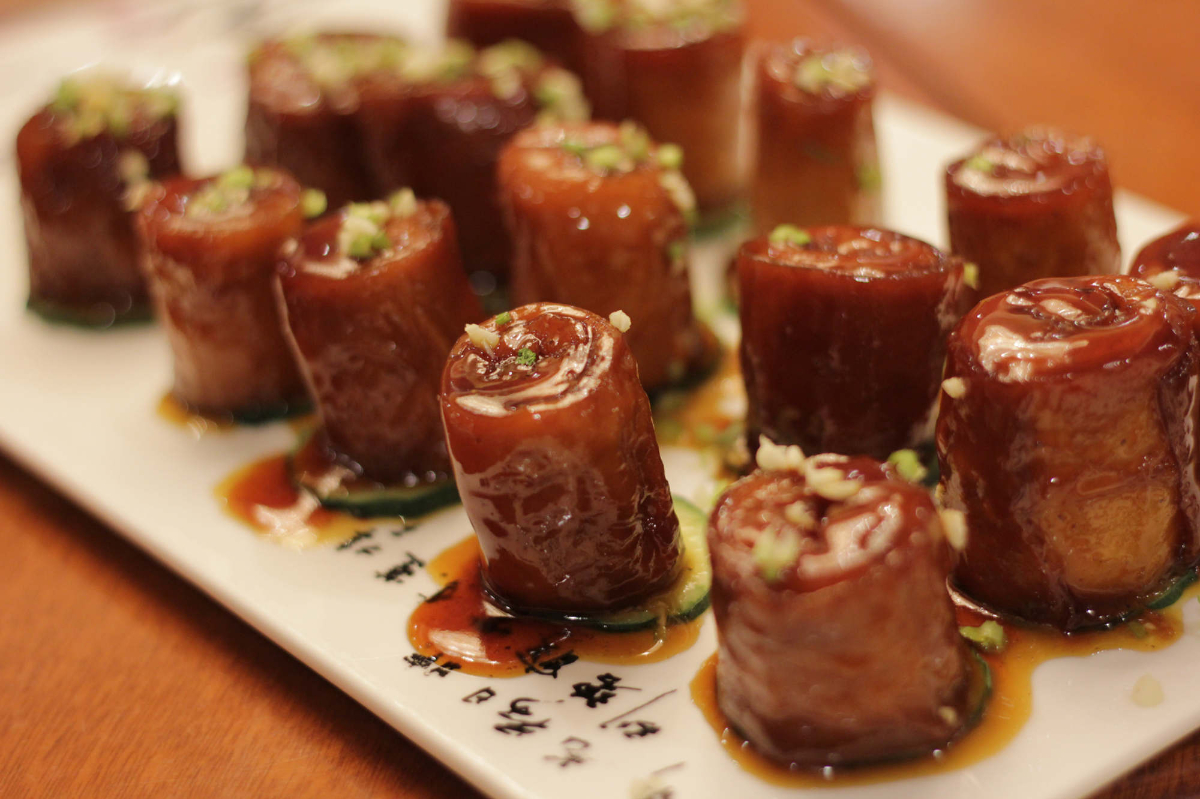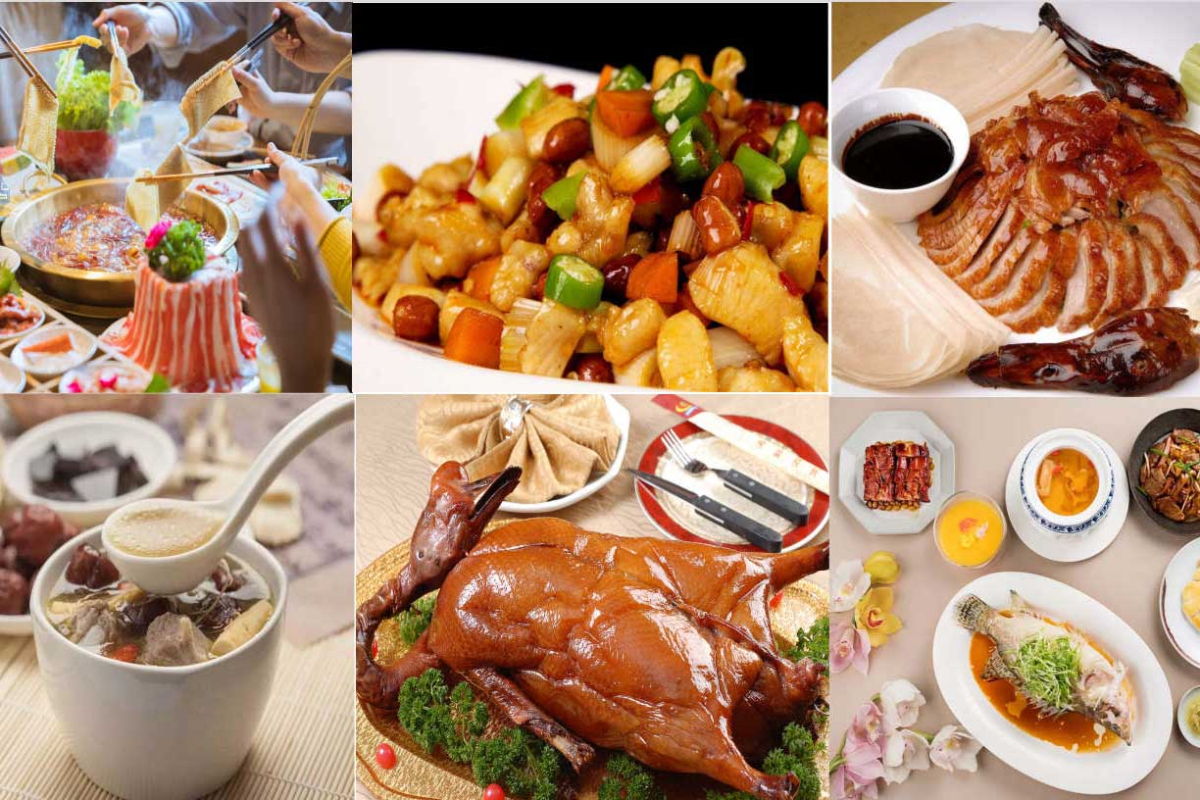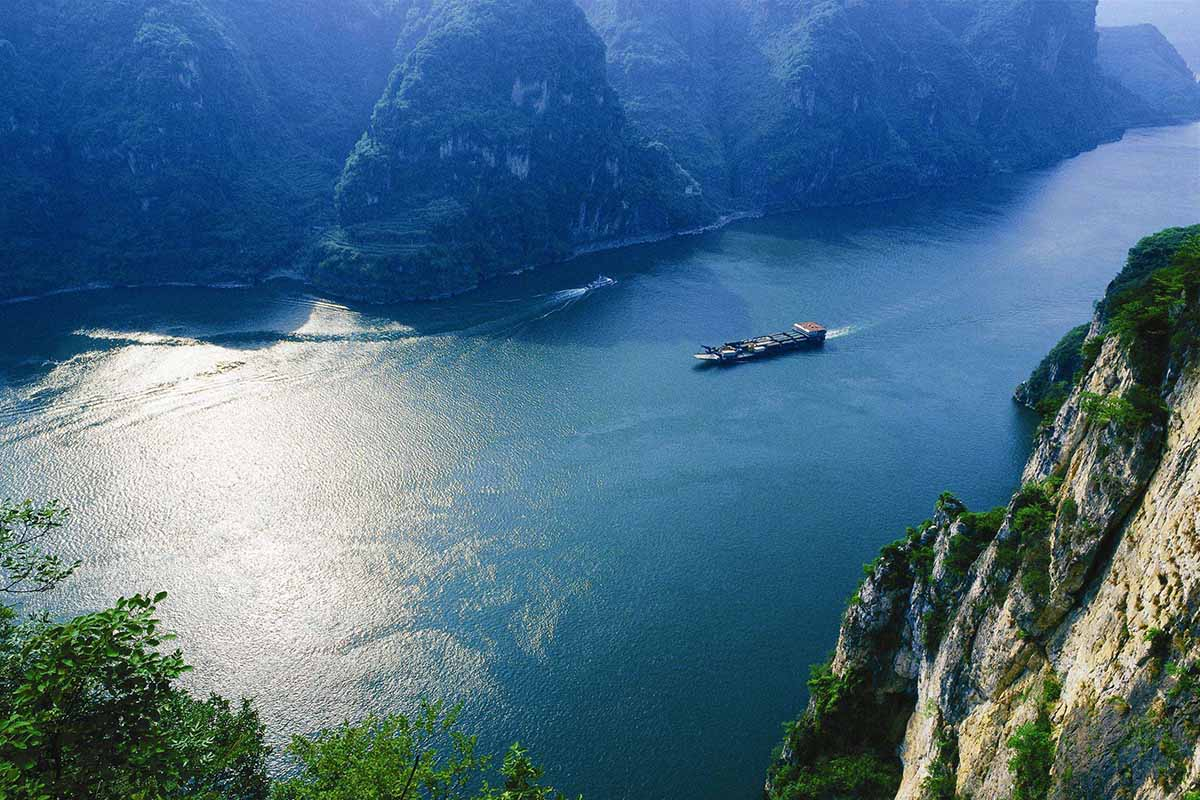Yangtze River, the Longest River in Asia
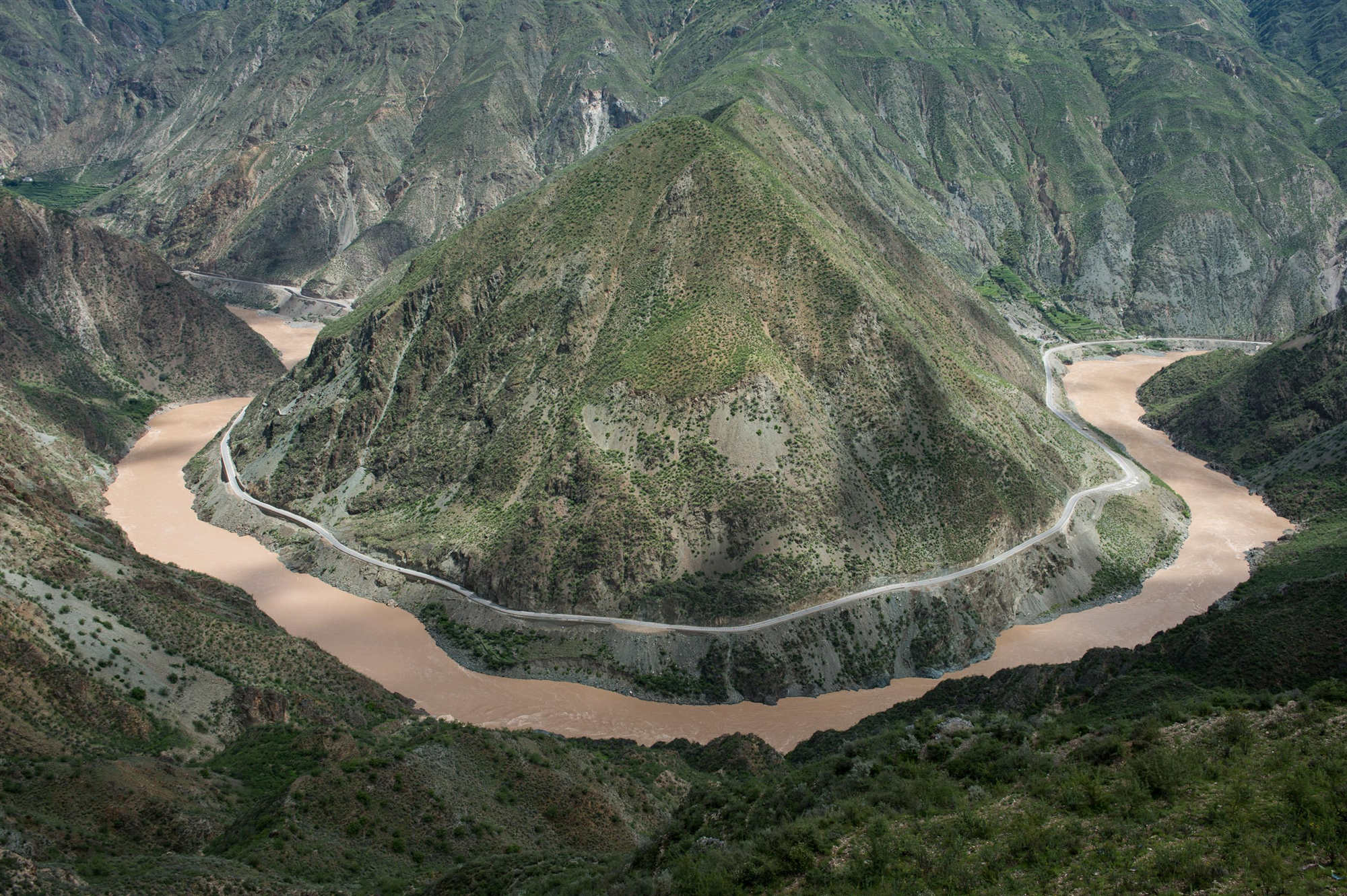
Winding about 3,964 miles, Yangtze River is the largest in China and the third largest in the world after the Nile in Africa and the Amazon in South America.
The Yangtze River in China is the longest river in Asia, the third longest river in the world and the longest river to flow entirely in one country. originating from the Tanggula Range in Qinghai Province in western China, it traverses eleven provinces and cities from west to east, including Qinghai, Tibet, Sichuan, Yunnan, Chongqing, Hubei, Hunan, Jiangxi, Anhui, Jiangsu and Shanghai. Finally it pours into the East China Sea at Shanghai.
Yangtze River originates in a glacier in the Dangla mountains on the eastern part of the Tibetan plateau. It then runs through the eastern part of Qinghai, turning southward down a deep valley at the border of Sichuan and Tibet to reach Yunnan. In the course of this valley, the river's elevation drops from above 5000 m to less than 1000 m. It enters the basin of Sichuan at Yibin. While in the Sichuan basin it receives several mighty tributaries, increasing its water volume significantly. The river then cuts through Mount Wushan bordering Chongqing and Hubei to create the famous Three Gorges.
Eastward of the Three Gorges, Yichang is the first city on the Yangtze Plain. After entering Hubei, the Yangtze receives more water from thousands of lakes. The largest of these lakes is Dongting Lake, which is located on the border of Hunan and Hubei provinces, and is the outlet for most of the rivers in Hunan. At Wuhan it receives its biggest tributary, the Han River, bringing water from its northern basin as far as Shanxi. At the northern tip of Jiangxi, Lake Boyang, the biggest lake in China, merges into the river.
The river then runs through Anhui and Jiangsu provinces, receiving more water from innumerable smaller lakes and rivers, and finally reaches the East China Sea at Shanghai. Four of China's five main freshwater lakes contribute their waters to the Yangtze River. Traditionally, the upstream part of the Yangtze River refers to the section from Yibin to Yichang; the middle part refers to the section from Yichang to Hukou, where Boyang Lake meets the river; the downstream part is from Hukou to Shanghai.
● Different names of Yangtze River
In Chinese, the name Yangzi Jiang refers only to the downstream part of the river between Nanjing and the mouth. This name comes from the small town of Yangzi near Yangzhou. The Europeans retained this name and wrongly applied it to the whole river.
The river was once called Jiang Shui or simply “Jiang”. The word Shui in classical Chinese meant river in general, and Jiang was the proper name of the Yangtze River. The meaning of the word Jiang has expanded since then, it now means “river” in general.
Nowadays, the whole river is called “Chang Jiang” in Chinese language, which literally means “Long River”. However, traditionally, every part of the river has its own name (especially in literature):
Tuotuo: from the glaciers of Mount Geladaindong to the confluence of Dangqu (in) in Qinghai;
Tongtian He: still in Qinghai, until Yushu;
Jinsha Jiangsu Sichuan: located upstream of Yibin; the Min River, its tributary, was traditionally considered as the upstream part of the river until the Ming Dynasty;
Chuan Jiang: between Yibin and Yichang;
Jing Jiang: between Yichang and Yueyang;
Xunyang Jiangau Jiangxi: near Jiujiang;
Wan Jiang: in Anhui Province;
Yangzi Jiang: downstream of Yangzhou or more widely between Nanjing and the mouth, this name also designating the whole river among Europeans.
● People Along Yangtze River
The Yangtze basin contains a significant portion of China’s population, but distribution is uneven. The highland area of the river’s upper reaches is among the most sparsely settled regions in China, while the Yangtze delta has the country’s highest population density. Outside the delta the greatest concentrations of people are in the plains that adjoin the banks of the river and its tributaries in the middle and lower basins, especially in the vicinity of the cities of Chengdu, Chongqing, Wuhan, and Nanjing. These cities are among the largest in China, and Shanghai is the country’s most populous.
In the highlands of the upper basin, the population consists mainly of ethnic Tibetans engaged in traditional animal husbandry and the cultivation of such hardy grains as barley and rye. The population of the Yunnan-Guizhou Plateau is a mixture of Chinese (Han) agriculturalists and numerous ethnic minorities who combine some farming with herding and hunting. The population of the middle and lower basins becomes progressively more Chinese, although, especially in the middle basin, many other national minorities are represented.
